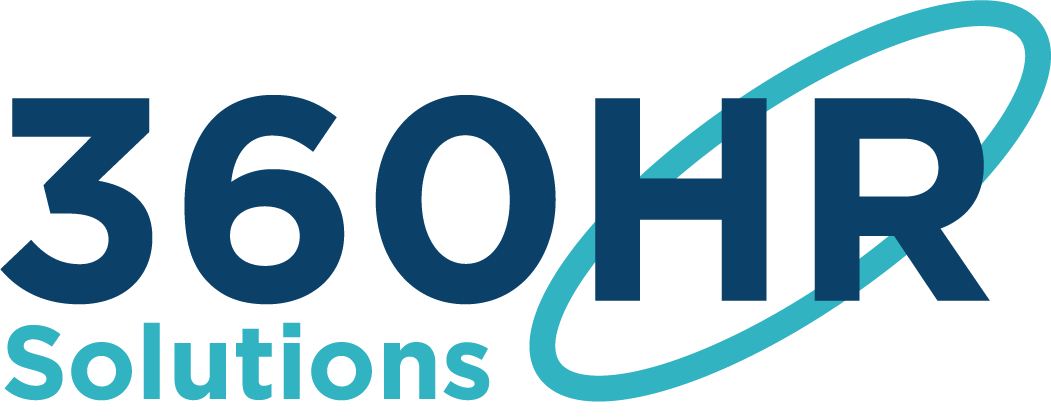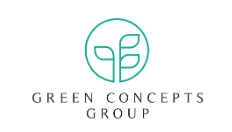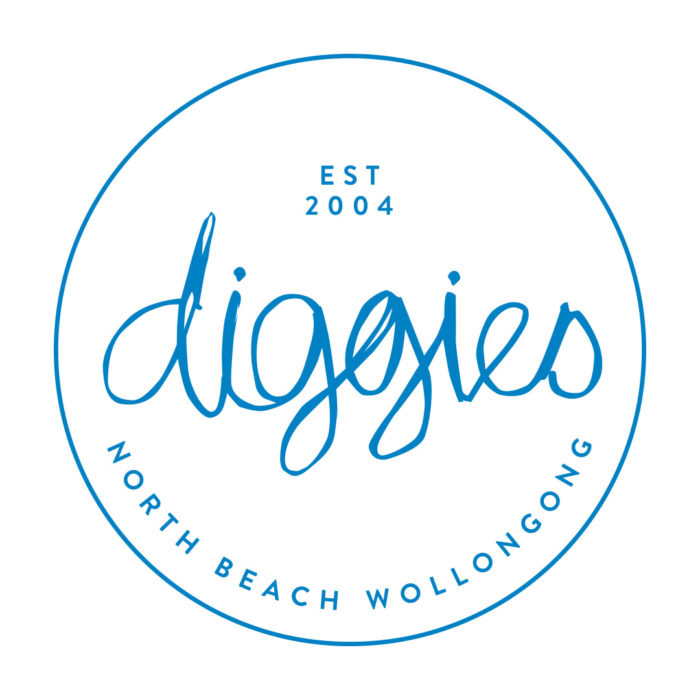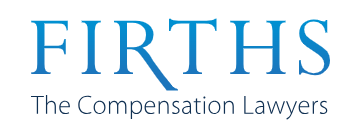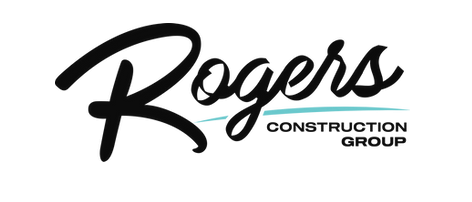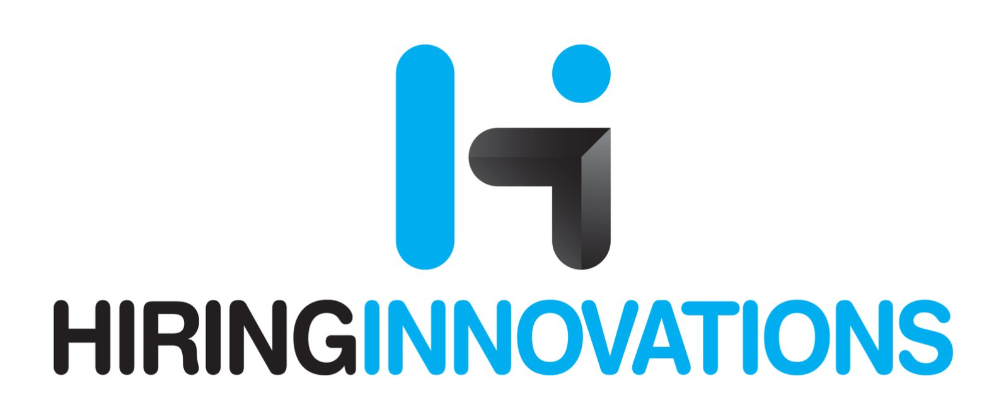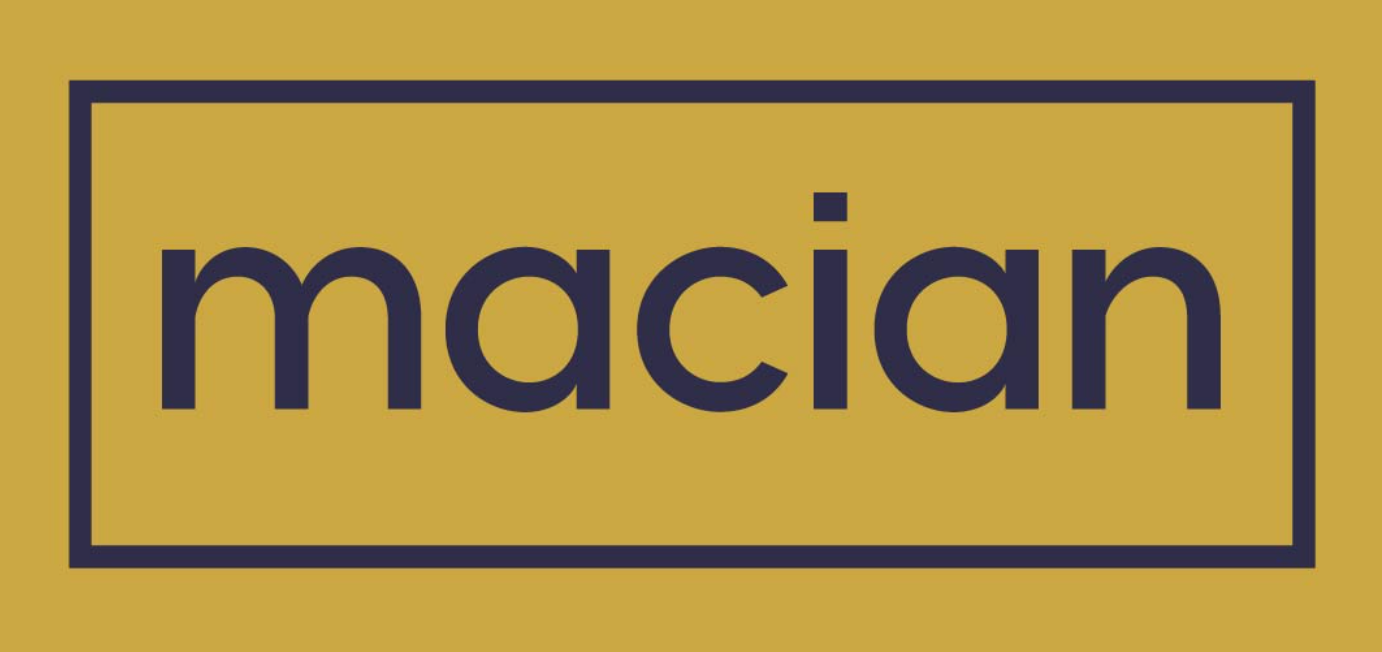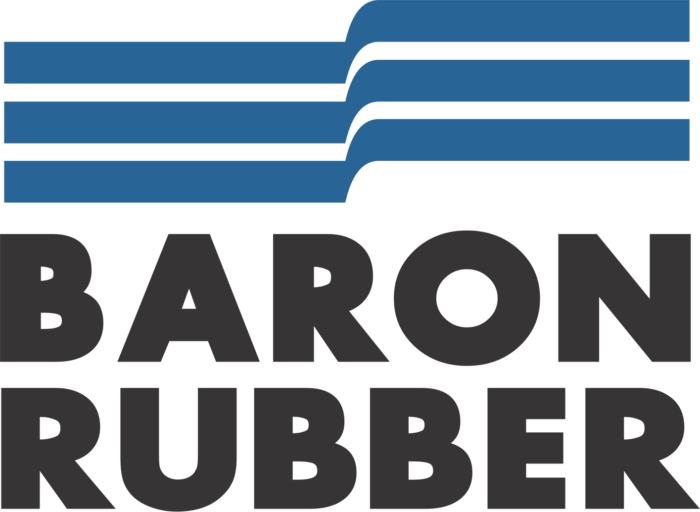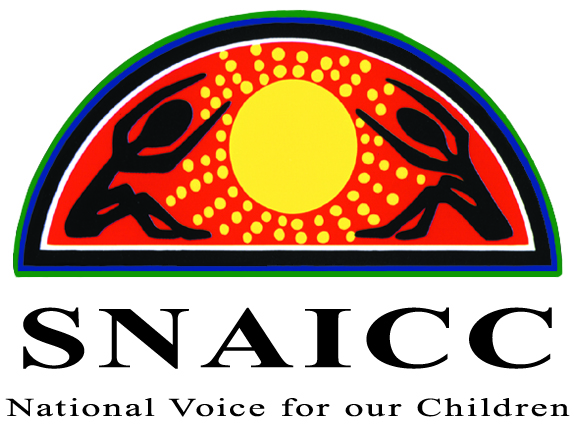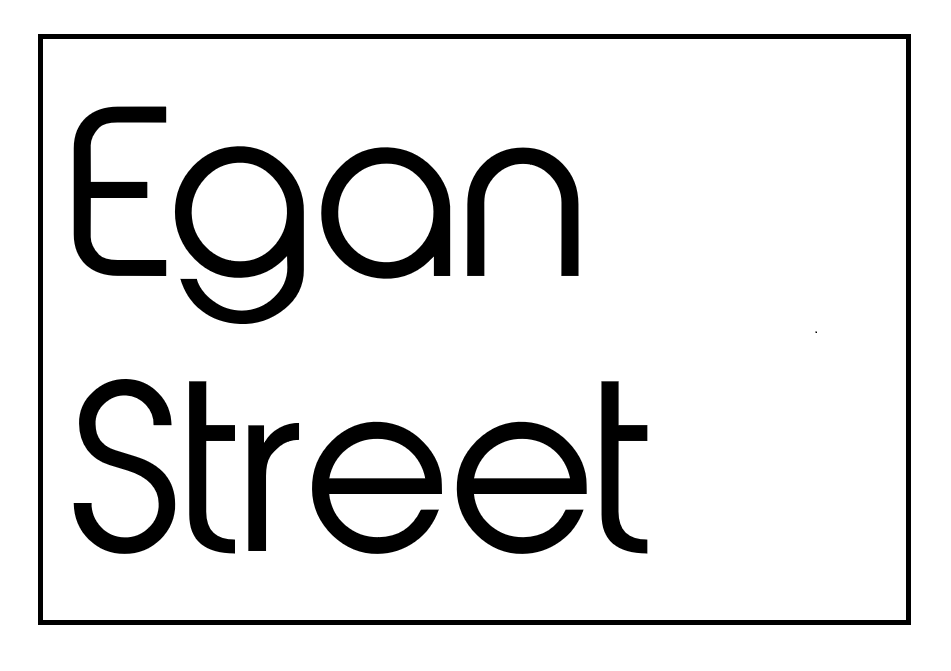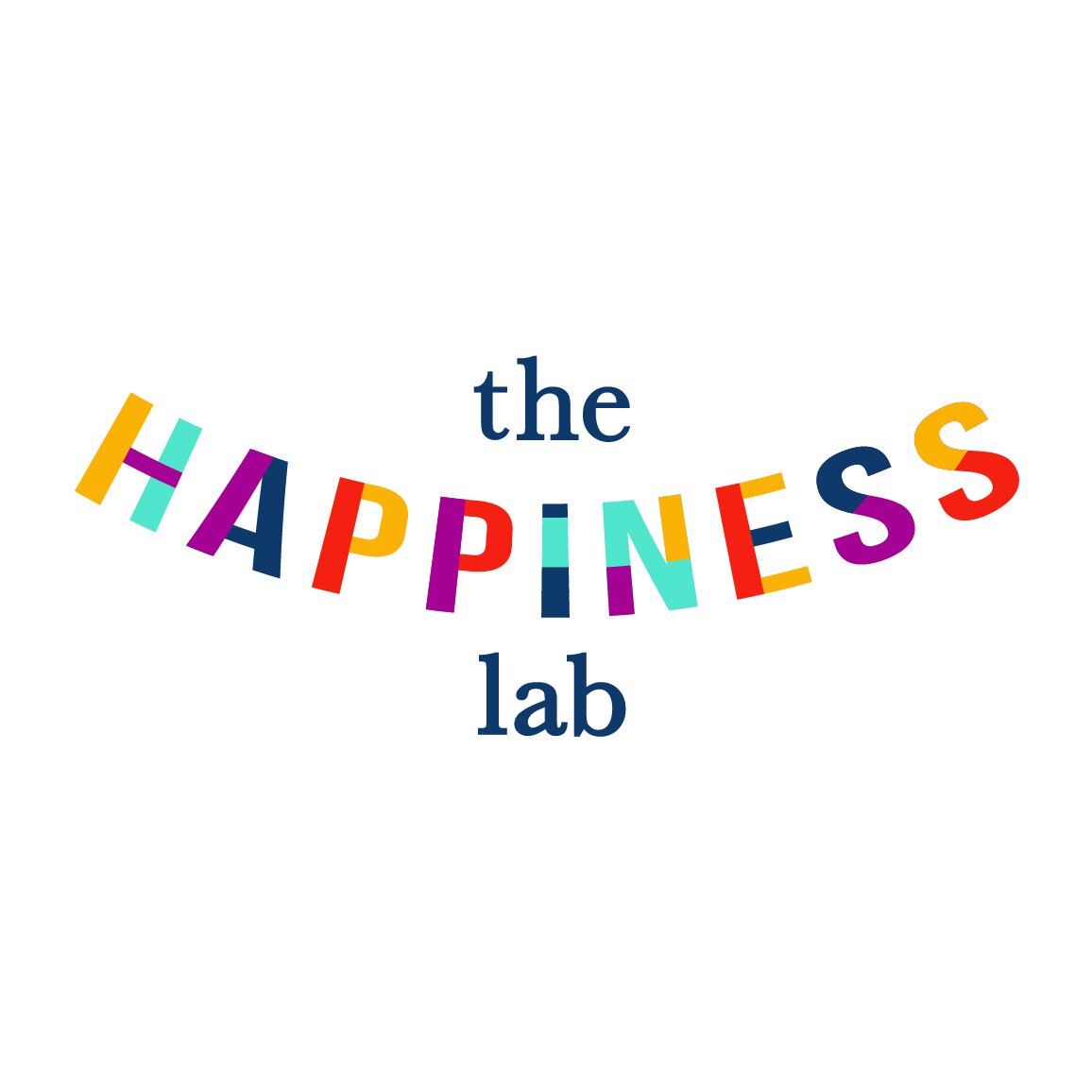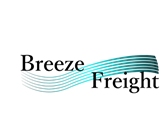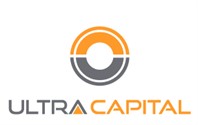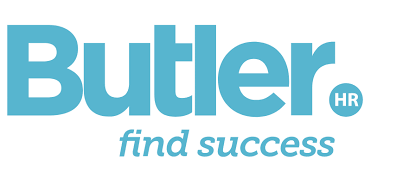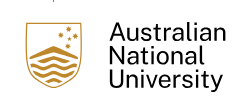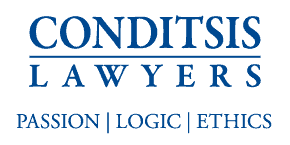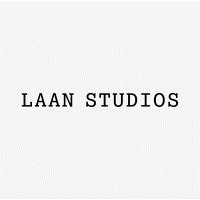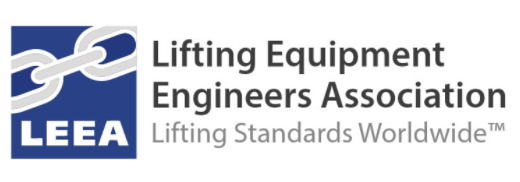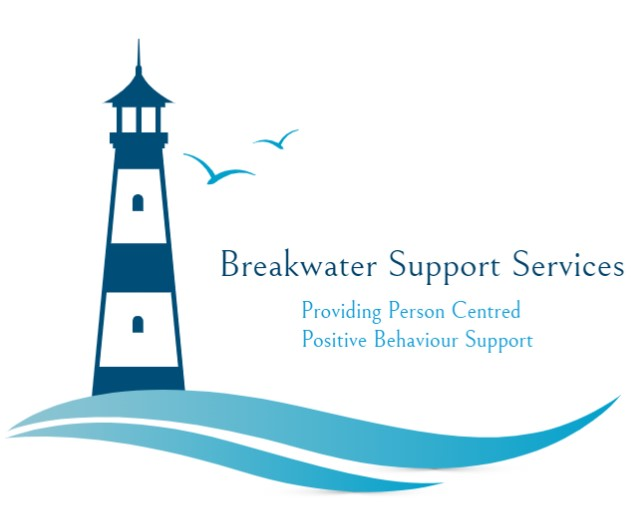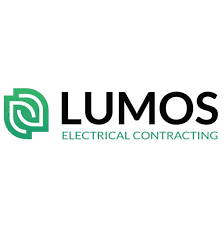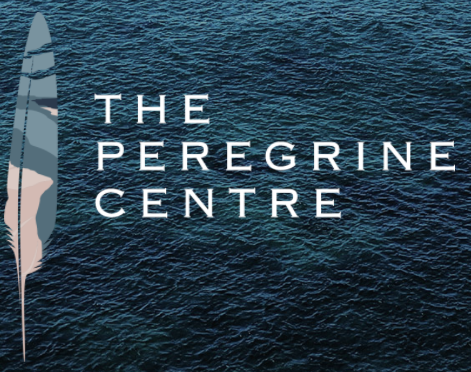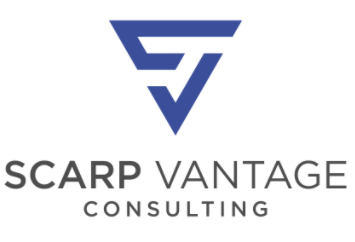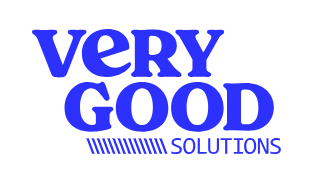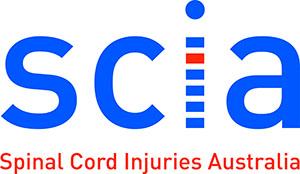Industry first conference brings researchers, builders, housing providers and policy makers together
While energy prices soar, climate change-induced weather disasters become more common, and energy blackouts provoke a high-stakes political blame game, the University of Wollongong is working on a potential solution: making Australian houses – and householders – more energy efficient. As well as reducing the load on the power grid and cutting greenhouse gas emissions, energy efficient buildings can save householders’ hip pockets, make their lives more comfortable and, in some cases, even make them healthier.
In an industry first, UOW is bringing researchers, building designers, housing providers, energy utilities and policy makers together at the Improving Residential Energy Efficiency International Conference (IREE 2017) to share the latest research and practice, and to look at practical ways to bring about the widespread adoption of energy efficient housing.
The conference, at UOW’s Innovation Campus from 16-17 February, will also address government policy, energy efficiency technologies, occupant practices and perceptions, the challenge of providing for disadvantaged groups, and Indigenous perspectives on energy efficiency.
Conference chair and UOW Sustainable Buildings Research Centre Director Professor Paul Cooper said it was the first conference in Australia to focus specifically on how to improve energy efficiency in the home.
“It’s bringing together a whole range of recent research from Australia and overseas focussing on a range of issues from the social aspects of how people use energy in their home, through government initiatives, to how they can improve the performance of their home in terms of better appliances or retrofitting their home,” he said.
With practitioners, academics and other professionals from across the world, the conference aims not just to share the latest research, but also to see that research put into practice.
“I am looking forward to participants sharing knowledge, particularly on issues that help governments and others address the challenges that face both householders and government agencies in trying to rollout energy efficiency improvement programs,” Professor Cooper said.
The conference includes a tour of the Sustainable Buildings Research Centre (SBRC) and the Illawarra Flame House. Both are award-winning, net-zero energy buildings. The SBRC recently won the Miles Dunphy Sustainable Architecture Award from the NSW Australian Institute of Architects. It’s not only a 6-Star Green Star building, but is also targeted to be the first building in Australia to win Living Building Challenge accreditation, widely recognised as the most stringent building sustainability rating in the world.
Team UOW Illawarra Flame Solar Decathlon House is a practical demonstration of how a classic Australian fibro home can be transformed into a world-class, net-zero energy, 21st century home. It won the Solar Decathlon China 2013 competition and still holds the record for the highest number of points scored by any team in Solar Decathlon history.

IREE 2017 is the first conference in Australia to focus on how to improve energy efficiency in the home, says Sustainable Buildings Research Centre Director Professor Paul Cooper.
More than 80 experts will give presentations over the two days, with keynote speeches from Professor Tadj Oreszczyn from University College London, UK, and Professor Philippa Howden-Chapman from the University of Otago, New Zealand.
Professor Oreszczyn will present a talk on the success of UK programs in reducing residential energy demand and improving health and comfort – and on the need to radically increase the uptake of those programs in order to meet the UK’s carbon emission targets.
Professor Howden-Chapman will look at the benefits of retrofitting insulation in older houses in terms of energy efficiency, reducing carbon emissions and enhancing health and wellbeing. She will also compare the effectiveness of insulation retrofitting programs undertaken in Australia, New Zealand and Germany.
The effect of high energy prices on low-income households, and the consequent health benefits of energy efficiency, is one of the themes of the conference. Low-income households are particularly vulnerable to rising energy costs as they typically reside in low-energy rated homes and use energy hungry appliances, and energy bills represent a high proportion of household income.
“Energy efficiency and health go hand in hand,” Professor Cooper said. “And it’s a real issue in Australia. Recent research suggests Australians actually suffer greater rates of morbidity as a result of cold than people in much colder climates like Sweden. While this research is in its infancy, the thinking is that this may be due to the poor thermal performance of housing here.”
A number of other speakers will report on the results of the Australian Government’s Low Income Energy Efficiency Program (LIEEP), which provided $53.5-million in funding to 20 trials of energy efficiency initiatives targeting low income and vulnerable households across Australia.
IREE 2017 has been organised by the UOW Sustainable Buildings Research Centre in partnership with the Group of Energy Efficiency Researchers (GEER) Australia.

UOW’s 6-Star Green Star rated, net-zero energy Sustainable Buildings Research Centre recently won the Miles Dunphy Sustainable Architecture Award from the NSW Australian Institute of Architects


